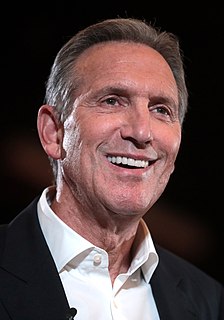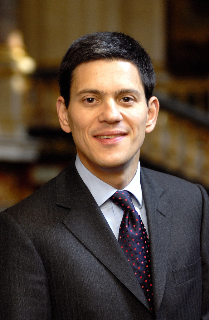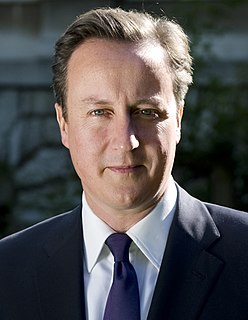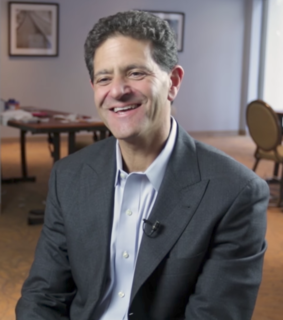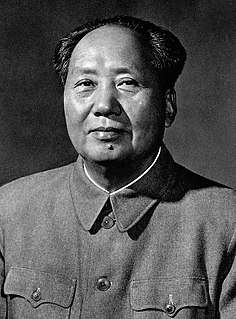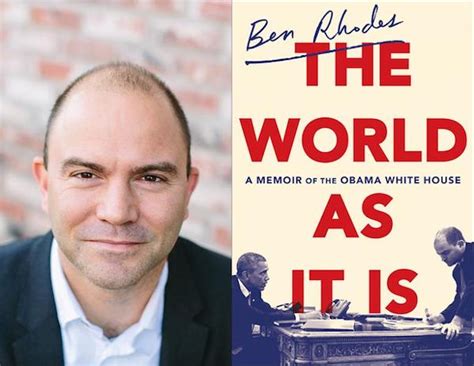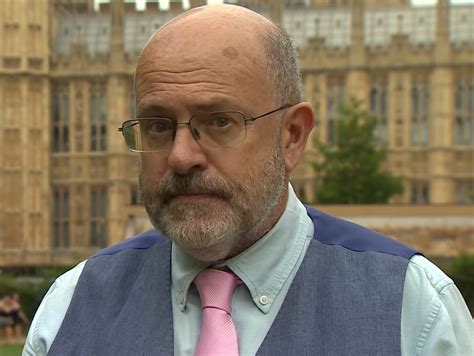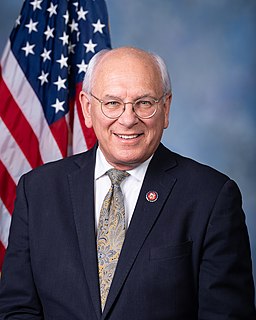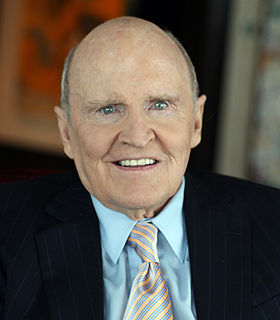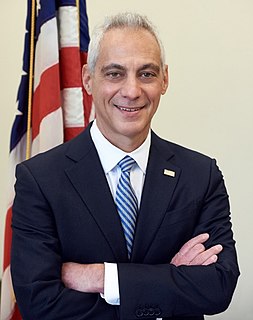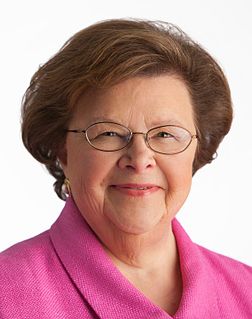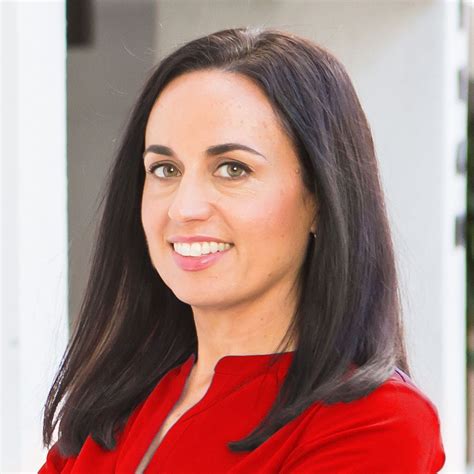A Quote by Howard Schultz
With a population of more than 600 million people, an emerging middle class that is driving strong consumption, and a robust and resilient economy, Southeast Asia presents a compelling growth opportunity for Starbucks.
Related Quotes
By over-all planning, we mean planning which takes into consideration the interests of the 600 million people of our country. In drawing up plans, handling affairs or thinking over problems, we must proceed from the fact that China has a population of 600 million people, and we must never forget this fact.
From 2008 to 2016 all the growth in the American economy, all the growth in national income, was earned just by the wealthiest 5% of the population. So they got all the growth. 95% of the population didn't grow. If you can get a flat tax or other lower tax, as Trump is suggesting, then this richest 5% will be able to keep even more money. That means that the 95% will be even poorer than they were before, relative to the very top.
The government decides to try to increase the middle class by subsidizing things that middle class people have: If middle-class people go to college and own homes, then surely if more people go to college and own homes, we’ll have more middle-class people. But homeownership and college aren’t causes of middle-class status, they’re markers for possessing the kinds of traits — self-discipline, the ability to defer gratification, etc. — that let you enter, and stay, in the middle class. Subsidizing the markers doesn’t produce the traits; if anything, it undermines them.
